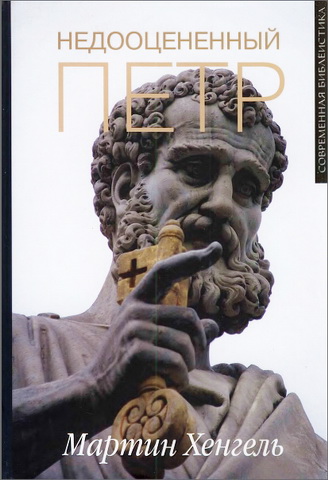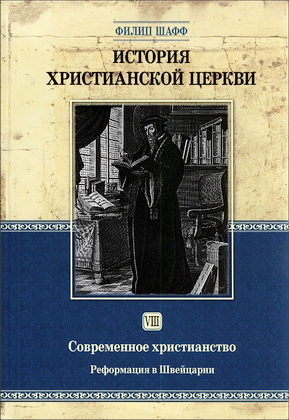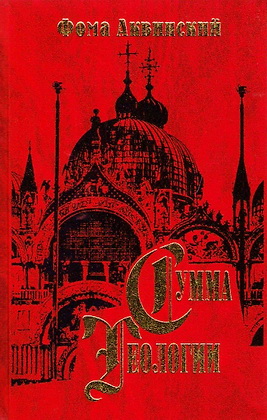
Reading the Bible Intertextually

The present collection of essays gathers together presentations delivered on the occasion of the interdisciplinary and international conference “Die Bibel im Dialog der Schriften.” Under the direction of Stefan Alkier, in cooperation with Richard B. Hays, the conference took place 4-6 November 2004 within the department of Protestant Theology at Johann Wolfgang Goethe-Universitat, Frankfurt am Main, Germany, as a research seminar of the university’s international doctoral program, Religion im Dialog, supported by the Deutscher Akademischer Austausch Dienst and Deutsche Forschungsgemeinschaft (German Research Foundation). This program has been operated since 2001 with great success by the departments of Protestant Theology and Catholic Theology in cooperation with other departments and institutes of the Johann Wolfgang Goethe-Universitat. The work of the Religion im Dialog program now ranks among the chief areas of research of the entire university and thus contributes considerably not only to the profile of both of Frankfurt’s theological faculties but also to the profile of the Johann Wolfgang Goethe-Universitat as a whole. We thank all our colleagues within the program, whose cooperation made the execution and also the financing of the conference possible.
As open as our seminar’s theme of “The Bible in Dialogue” may sound, what we have in view with the formulation of this theme is rather concrete. The Bible is a book of books that consists not only of two parts but also of a number of writings that point to limitless connections among each other within the framework of the present boundaries of the canon as well as to other Christian and non-Christian writings outside the canon. With the formulation of the theme of the seminar, which is indebted to Mikhail Bakhtin’s concept of dialogicality, we take our leave from biblical-theological conceptions that would attempt to reconstruct a center of meaning as a dogmatic doctrinal unity formulated and closed for all time. On the contrary, we understand the Bible as a book opened up by attention to the phenomenon of dialogicality it necessitates the dialogue of different, opposing, and also partially irreconcilable standpoints and perspectives. The Bible provides no center of meaning to which the differences of its writings could be removed. Rather, it opens up vast spaces between texts that generate a plurality of effects of meaning when read together. This plurality need not leave the impression that the biblical writings are nothing more than discrete, unconnected parts, however, for a narrative coherence unites them, the context of a story that encompasses the creative, elective, liberating, justifying, loving, and redeeming action of God from the world’s beginning to its end. The Christian reader encounters in these stories of the Old and New Testaments the saving truth of the God of Israel.
Reading the Bible Intertextually
Richard B. Hays, Stefan Alkier, Leroy A. Huizenga, Editors. – Waco, Texas: Baylor University Press, 2009. – 358 p.
ISBN 978-1-60258-180-7
Reading the Bible Intertextually – Contents
Foreword to the German Edition. Stefan Alkier and Richard B. Hays
Foreword to the English Edition. Richard B. Hays
Part I. Introduction
- 1 Intertextuality and the Semiotics of Biblical Texts. Stefan Alkier
- 2 Intertextuality and Historical Approaches to the Use of Scripture in the New Testament. Steve Moyise
Part II. Intertextual Interpretation of Biblical Texts
- 3 How Does God Act? Intertextual Readings of 1 Corinthians 10. Michael Schneider
- 4 Allegorical Reading and Intertextuality: Narrative Abbreviations of the Adam Story in Paul (Romans 1:18-28). Eckart Reinmuth
- 5 The Matthean Jesus and the Isaac of the Early Jewish Encyclopedia. Leroy Andrew Huizenga
- 6 Paul as User, Interpreter, and Reader of the Book of Isaiah. Florian Wilk
- 7 The Liberation of Israel in Luke-Acts: Intertextual Narration as Countercultural Practice. Richard B. Hays
- 8 Psalm 113 and the Song of Hannah (1 Samuel 2:1-10): A Paradigm for Intertextual Reading? Marianne Grohmann
Part III. Intertextual Interpretation outside the Boundaries of the Canon
- 9 Canon as Intertext: Restraint or Liberation? George Aichele
- 10 Christian Apocalypses and Their Mimetic Potential in Pagan Education: A Contribution Concerning Lucian’s True History. Peter von Möllendorff
- 11 Nonnus and His Tradition. Thomas A. Schmitz
- 12 Literary Reading(s) of the Bible: Aspects of a Semiotic Conception of Intertextuality and Intertextual Analysis of Texts. Magdolna Orosz
- 13 Reading the Bible in the Context of “Thick Description”: Reflections of a Practical Theologian on a Phenomenological Concept of Contextuality. Hans-Günter Heimbrock
Part IV. Semiotics, Intertextuality, and New Testament Studies
- 14 New Testament Studies on the Basis of Categorical Semiotics. Stefan Alkier
Notes
Scripture Index
Index of Subjects and Authors




Комментарии
Пока нет комментариев. Будьте первым!